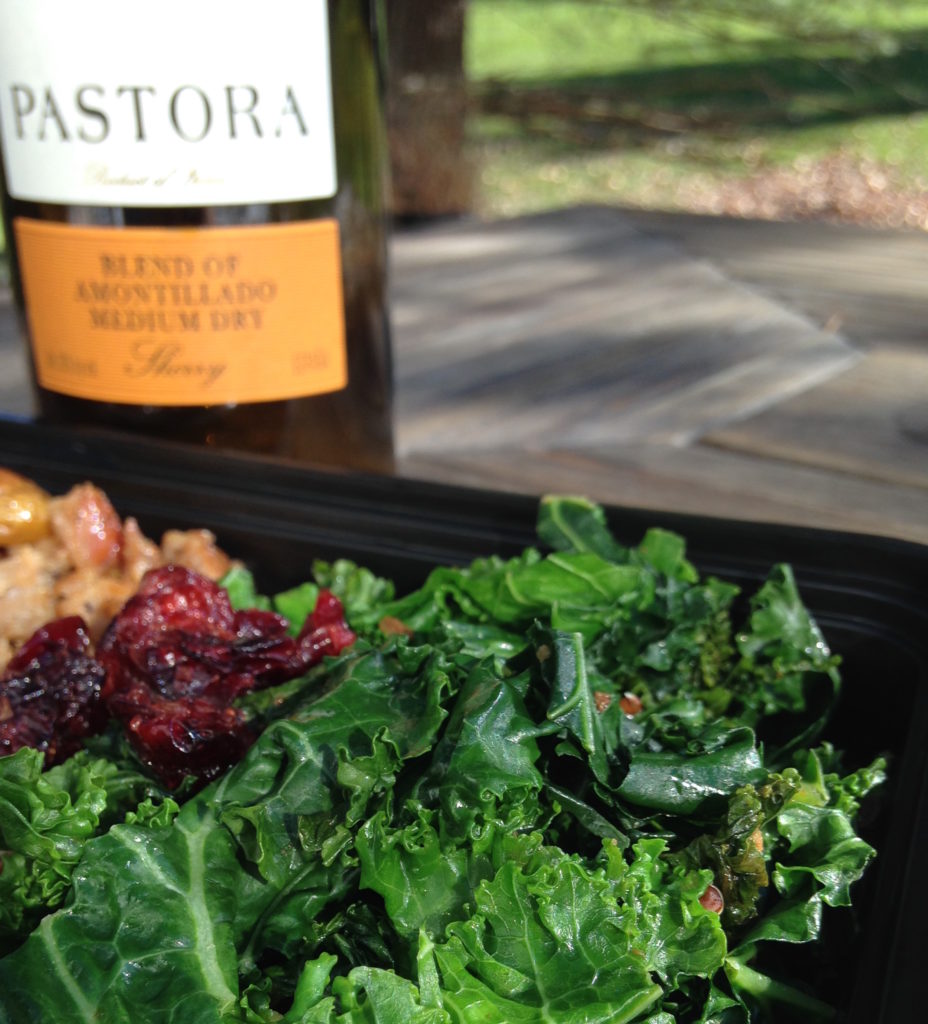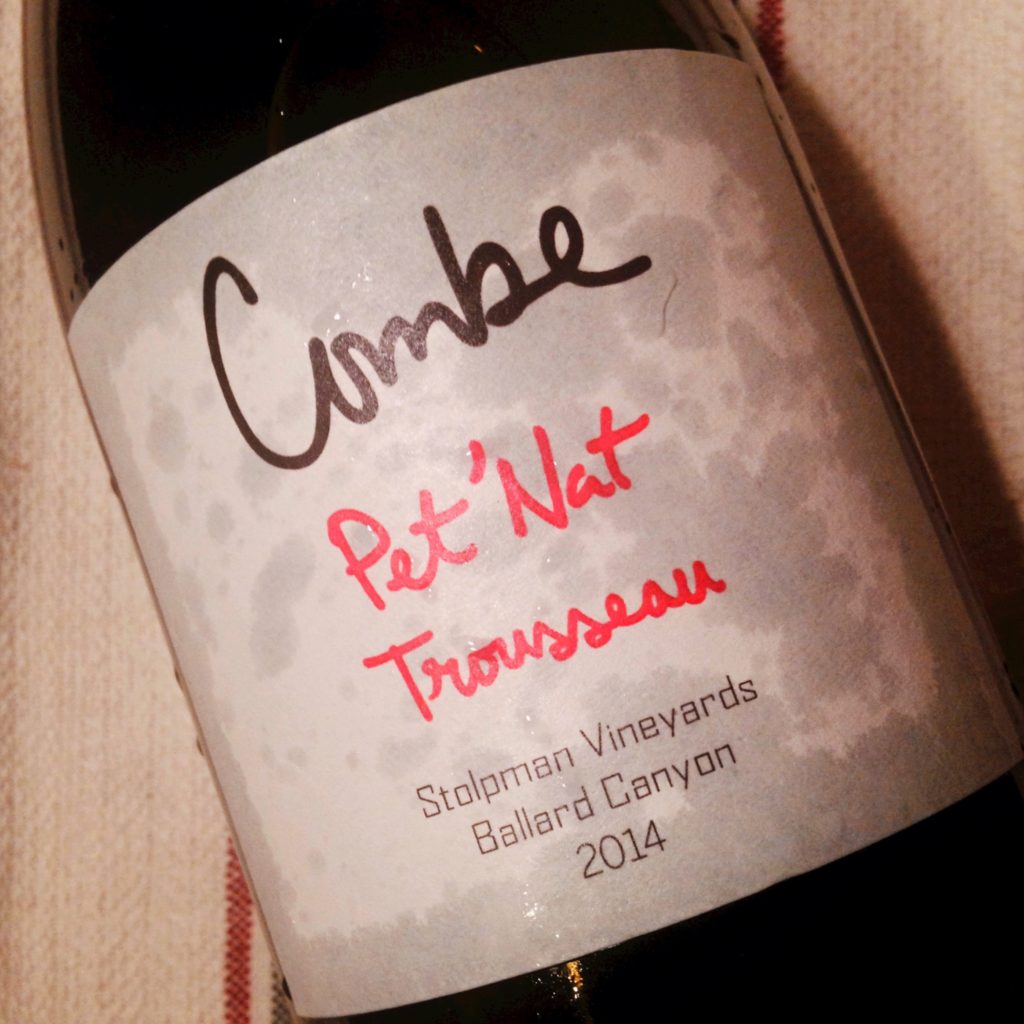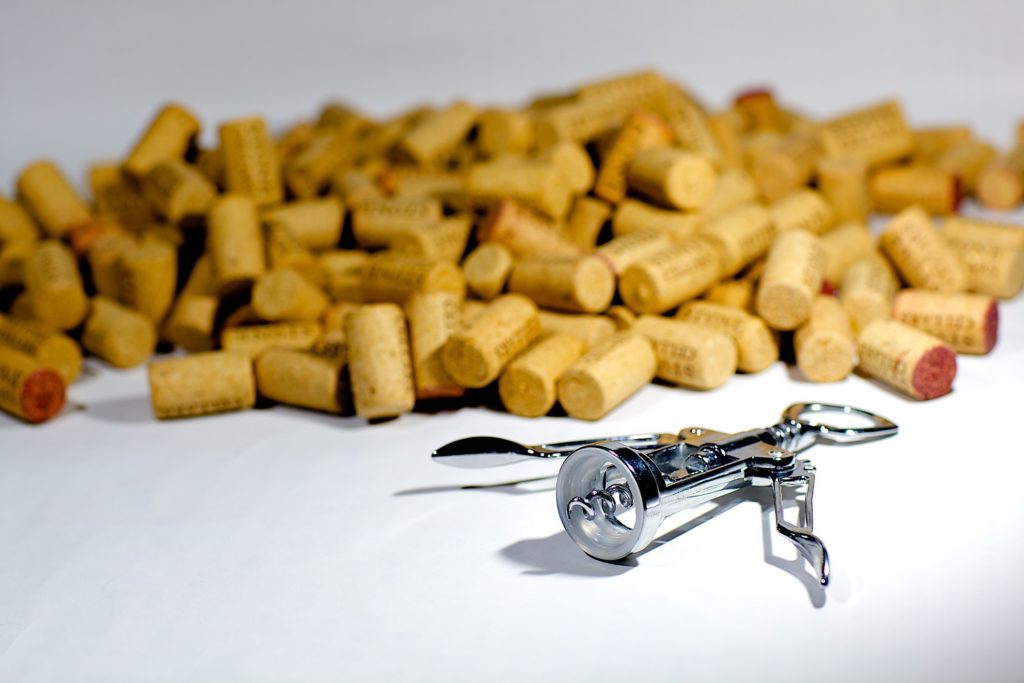 No other wine offers a range of styles quite like Sherry.
No other wine offers a range of styles quite like Sherry.
Admittedly, I never bothered to touch the stuff until a few years ago. My perception of Sherry? Cheap, sticky-sweet, and awful — an alternative to vodka for those whose sole ambition was to become as inebriated as possible in the shortest amount of time.
But that’s not fair to Sherry. Not given a fair chance, she is still wildly ignored today because of her undeserved, unsavory reputation.
For starters, most Sherry wine is dry. Yes, sweet and tacky versions abound, but there are quality-driven dessert Sherry deserving of attention. A world of depth and diversity is begging to be discovered. In fact, sherry is often dubbed “the whiskey of wine.”
So let’s dive in, shall we?
Sherry In A Nutshell
Three white grapes used for sherry production — Palomino, Pedro Ximenez, and Moscatel — are grown in the Andalusia region of Southern Spain. Authentic sherry is and can only be made here; any other place of origin is not sherry at all (similar to Champagne, which can only come from the region of Champagne; anything else is sparkling wine.)
Sherry is indeed wine, but it is fortified, in a manner similar to Port. Fortified wine involves adding high-alcohol spirit to a wine, which not only increases the overall alcohol level but also stops fermentation. Depending on when fortification occurs, the halting of fermentation can result in a sweet wine, as is the case with Port.
In Sherry production, the wine is fortified with a mixture of grape spirit and mature Sherry. Depending on the style of sherry being made, the wine is fortified to several degrees. For example, Fino and Manzanilla Sherry will be fermented to 11-12% alcohol, but fortified to about 15%. Oloroso Sherry can be fortified up to 17-22% alcohol.
Without getting overly geeky here, I’ll mention this: Producers blend Sherry using a solera system, whereby a portion of aged wine is blended with newer wine. With each harvest, new wine is added to the system, and the not-so-new wine blended with the even older wine, and so on. This somewhat complicated but magical maturation process helps maintain consistency in blending, aging, and bottling. By law, Sherry must be aged a minimum of three years but the reality is that most are aged far longer.
…










